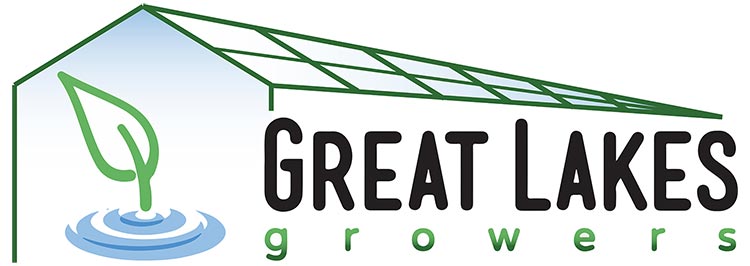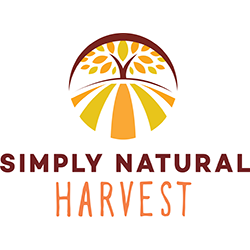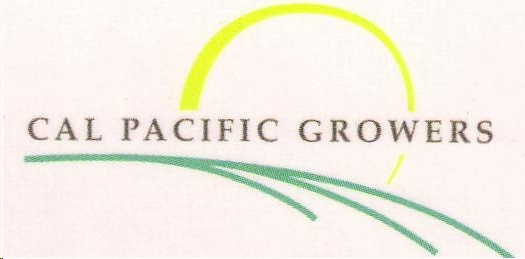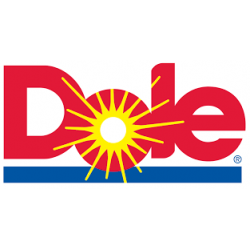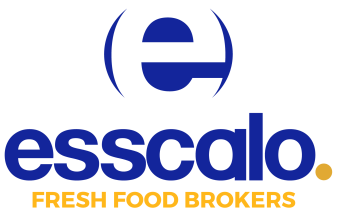A new report from the Hass Avocado Board, highlighting the produce purchasing power of Supplemental Nutrition Assistance Program (SNAP) and Women Infants and Children (WIC) participants around avocados and other fruits and vegetables, comes as the program faces severe cuts in federal funding.
The “Big Beautiful Bill” passed by the House of Representatives on May 22 includes nearly $300 billion in spending cuts to the SNAP over a 10-year period, and the Senate has proposed a similar reconciliation bill that would slash SNAP funding by about $200 billion over a decade.
The Hass Avocado Board’s “Avocado Market Basket and Shopper Purchase Behaviors” report, which sought to evaluate the role of avocados in the shopping behavior of households that participate in the SNAP and/or WIC programs, found that avocados drove larger, more valuable baskets among SNAP/WIC households compared with non-SNAP/WIC households.
Total basket value increased 89% when avocados were in the basket for SNAP/WIC participants, equating to nearly $37 in additional spend. This is compared with a 62% lift and an additional $29 for non-SNAP/WIC households. The report further found that SNAP/WIC shoppers who purchased avocados were also buying a broader array of some 27 produce categories compared with just 18 produce categories purchased by non-SNAP/WIC shoppers.
The report found that bananas, tomatoes and berries were among the most common fresh produce items that were included in the basket with avocados. Pears, lemons, kiwis and squash were more than 10 times more likely to appear in a SNAP/WIC shopper’s avocado basket than an average basket.
Based on household purchasing data from the Circana OmniConsumer Scan Panel, a continuous household purchasing consumer panel of U.S. households who electronically record all purchases, the report suggests that avocados can be a gateway to fresh produce for SNAP/WIC shoppers, says the Hass Avocado Board, as SNAP/WIC shoppers also spent more on many different produce items when avocados were in the basket.
A total of 27 fresh produce categories saw higher spend per trip, compared with just 18 categories for non-SNAP/WIC shoppers. Items like pumpkins, beets, papayas and corn posted double-digit gains in SNAP/WIC basket spend per trip with avocados, while non-SNAP/WIC baskets generally saw flat or declining trends, according to the report.
The International Fresh Produce Association also sees SNAP participants engaging more with produce than non-SNAP households.
“SNAP is one of the most consequential federal nutrition programs, providing more than 42 million individuals with monthly benefits redeemable at grocery retail,” said the IFPA in an email to The Packer. “USDA research shows that low-income Americans cite affordability as the greatest barrier to eating healthy. Recent data suggest that approximately 9% of SNAP benefits are redeemed on fresh produce compared with 10% from non-SNAP households.
“IFPA has long championed policies that will increase produce consumption for all consumers, including SNAP. For SNAP consumers participating in incentive programs like GusNIP, fruit and vegetable consumption exceeds that in non-SNAP households,” the association added. ”Any policy in the Farm Bill or related budget proposals should be anchored in evidence-based decision-making that results in hunger prevention and increased fruit and vegetable consumption.”
Education Key With SNAP Shoppers
SNAP and WIC recipients also receive vital nutrition education through SNAP-Ed, and it’s the potential defunding of this vital part of the program that has Eric Mitchell, president of the Alliance to End Hunger, most concerned.
“We often hear that SNAP is being used to buy unhealthy foods, but the reality is that things like SNAP Education helps to inform recipients on what those healthier food options are, and SNAP benefits make those food options more available,” he says. “So, the cutting of any benefits for families is devastating, not only as it relates to being able to afford food, but especially being able to afford healthier foods.”
SNAP’s role in keeping fruits and vegetables accessible and top of mind for families is critical, says Mitchell.
“We often say, when you look at the purchasing habits of SNAP recipients versus non, there’s no data that shows SNAP recipients are buying unhealthier food at any greater rate than folks who are not receiving SNAP,” Mitchell says. “It’s really about the individual buyer, what their needs are and what level of information and education they have about the right foods to buy.
“And what you’re seeing here [with the Hass Avocado Board report] is, when food is more affordable and available to families — regardless of their income — when they have better options, it’s reflected in the quality of what they buy,” he continues. “So, a lot is connected to the availability of fresh fruits and vegetables and the fact that those fresh fruits and vegetables are more affordable.”
With the aim of helping SNAP participants make healthier food choices to combat chronic illness related to malnutrition and stretch their food spend, SNAP-Ed provides nutrition education and obesity prevention to individuals and families eligible for SNAP benefits.
“SNAP Education helps inform how to buy healthier options, how to prepare healthier options, how to make healthy foods more attractive to your kiddos — those are the type of resources that we should be investing in, which allow people to be a more informed buyer and to have the resources they need to be able to make those choices,” Mitchell says.
Economic Impact
With reports indicating that about 8% of grocery sales are attributable to SNAP, significant budget cuts to the program would mean an economic blow to the U.S. grocery industry.
National Grocers Association President and CEO Greg Ferrara issued a statement on the Senate’s SNAP funding proposal, that said in part: “SNAP is not only a vital safety net — it is a powerful economic engine, supporting more than 388,000 jobs across the food industry nationwide.
“As the legislative process continues, NGA urges the Senate to strengthen the bill further, reduce its impact on grocers and the families they serve, and preserve funding for SNAP-Ed,” the statement continued. “This program promotes the long-term health and self-sufficiency of program participants, yielding a high return on investment for American taxpayers.”
Cutting SNAP funding would have a “huge economic impact,” agrees Mitchell.
“It impacts not just grocery stores, but also your local farmers who are participating in programs that help make sure that their products go directly to the people who need it,” he says. “People look at SNAP as a welfare program or anti-poverty program, but the reality is it’s an economic driver.
“SNAP has the added benefit of not only addressing the direct needs of food insecurity and hunger for our most vulnerable citizens, but it also becomes an economic engine and investment tool for our businesses, raising money from the grocery stores to the suppliers to the farmers,” he adds. “[These budget cuts] do nothing to help create jobs or increase wages. It does nothing to address the root causes of why folks can’t afford food in the first place. Let’s put our energy into that.”





